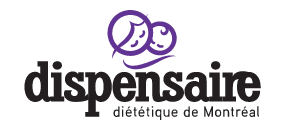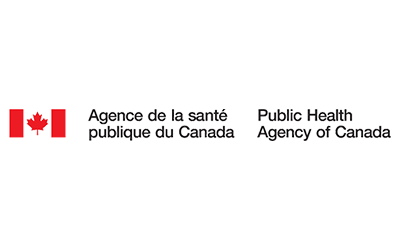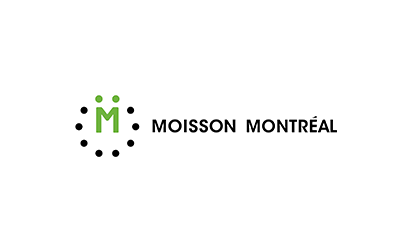Lack of breast stimulation, as well as several other physiological factors can cause a drop in breast milk production.
The suction is an important stimulus for milk production. The number of feedings greatly influences the amount of milk. Breasts that are emptied frequently produce more milk than breasts that are not. Not only is it important for the baby to nurse often, but it should also drink as much breast milk as possible to positively influence the milk production.
The following can adversely affect the breast stimulation and thus milk production:
MATERNAL FACTORS
- Stress / Anxiety (may decrease production and milk ejection reflex);
- Separation of mother and child (eg, return to work, school);
- Hormonal imbalance (thyroid gland, polycystic ovary syndrome, diabetes type 1 or 2);
- New pregnancy;
- Insufficient breast tissue (tube-shaped breasts);
- Surgery to the breast or nipple;
- Mother who does not wake up (drugs, alcohol, medication);
- Breast injury/bad breastfeeding position;
- Misuse of the teat (less efficient stimulation);
- Poor nutrition of the mother (less than 1500 calories per day).
INFANT FACTORS
- Using commercial infant formula and a baby bottle;
- Baby refusing the breast (rapid flow, flat nipple, large nipple);
- Baby sleeping for long periods or that does not wake up (jaundice, prematurity, certain medication);
- Long periods between feedings (baby does not wake up at night);
- Weak suction (premature baby, sick baby, trisomy 21);
- Short tongue frenulum.
The consequence of insufficient milk production is that the baby will not gain weight normally. It is therefore important to refer to a physician or a nutritionist. A healthcare professional will be able to identify the cause of insufficient milk production, and thus to better advise breastfeeding women. Additional resources for breastfeeding support are also available.






